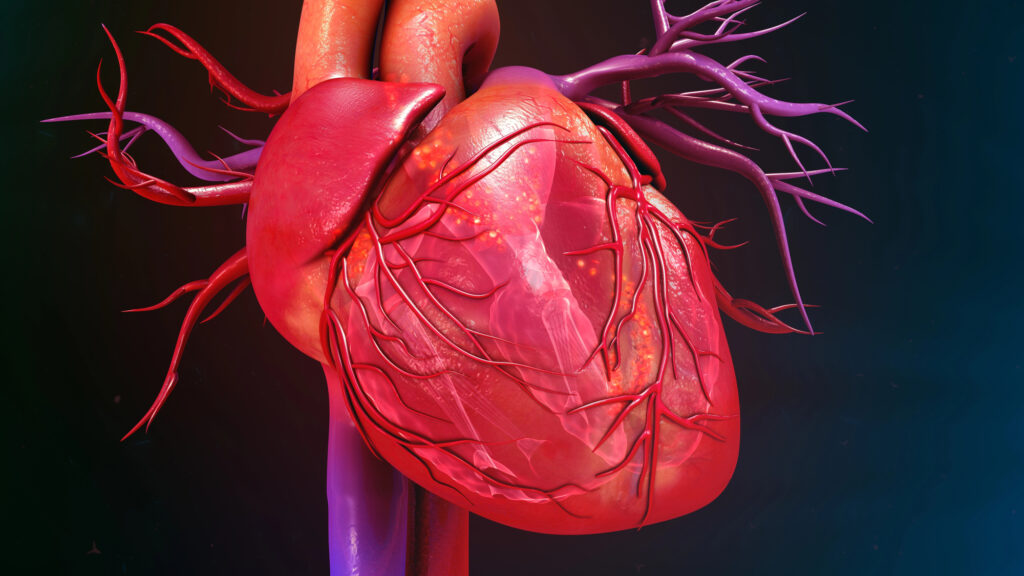Deficiency in omega-3 polyunsaturated fatty acids (n-3 PUFAs) has recently been investigated as a potential pathogenetic mechanism in ADHD ((Stevens et al, 1995). Although current pharmacotherapies, such as methylphenidate and atomoxetine, are able to improve ADHD symptoms, there is still about 20-40% of patients with ADHD who do not benefit from these medications (Pliszka et al, 2006).
Therefore, novel treatments with clear efficacy and measurable biological mechanisms are essential. At cognitive levels, ADHD has been suggested to be a disorder involving an impaired inhibition control system (Barkley, 1997) and a disrupted feedback of the rewarding and motivational system (Barkley, 1997), and n-3 PUFAs have been associated with cognitive function and learning (Milte et al, 2011), including in patients with ADHD (Sinn et al, 2008; Vaisman et al, 2008; Voigt et al, 2001). Hence, n-3 PUFAs may be considered one of such novel treatments.
The Role of Omega-3 Polyunsaturated Fatty Acids and ADHD
ABSTRACT: The role of omega-3 polyunsaturated fatty acids (omega-3 or n-3 PUFAs) in the pathogenesis and treatment of children and adolescents with attention deficit hyperactivity disorder (ADHD) is unclear. A systematic review followed by meta-analysis was conducted on: 1) randomized controlled trials (RCTs) assessing the effects of n-3 PUFAs on clinical symptoms and cognition in children and adolescent with ADHD; and 2) case-control studies assessing the levels of n-3 PUFAs in blood and buccal tissues of children and adolescents with ADHD.
In seven RCTs, totalling n=534 randomised youth with ADHD, n-3 PUFAs supplementation improves ADHD clinical symptom scores (g=.38, p<.0001); and in three RCTs, totalling n=214 randomised youth with ADHD, n-3 PUFAs supplementation improves cognitive measures associated with attention (g=1.09, p=.001). Moreover, children and adolescents with ADHD have lower levels of DHA (seven studies, n=412, g=-.76, p=.0002), EPA (seven studies, n=468, g=-.38, p=.0008), and total n-3 PUFAs (six studies, n=396, g=-.58, p=.0001).
In summary, there is evidence that n-3 PUFAs supplementation monotherapy improves clinical symptoms and cognitive performances in children and adolescents with ADHD, and that these youth have a deficiency in n-3 PUFAs levels. Our findings provide further support to the rationale for using n-3 PUFAs as a treatment option for ADHD.
What you will learn from this study:
The major finding of our study is that n-3 PUFAs supplementation significantly improves parental reports of total symptom scores (7 studies, n=534, g=.38, p<.0001), inattention (7 studies, n=590, g=.42, p<.0001), and hyperactivity (6 studies, n=551, g=.48, p=.04) (see Fig 2).
The second main finding of our study is that n-3 PUFAs supplementation is superior to placebo in terms of cognitive performance for omission errors (3 studies, n= 214, g=1.09, p=.001) and commission errors (2 studies, n=85, g=2.14, p<.00001) (see Fig 3), but not forward memory (2 studies, n=224, p=.66), backward memory (2 studies, n=224, p=0.08) or information processing (4 studies, n=309, p=.23) (see Supplementary Fig S1).
In the overall meta-analysis, irrespective of tissue source, youth with ADHD have lower levels of DHA (8 studies, n=486, g=-.56, p=.05), but no group differences are present for EPA, AA, n-3 PUFAs and n-6 PUFAs levels (see Figure 4).
N-3 PUFAs supplementation improves clinical symptoms in youth with ADHD in this meta-analysis, measured as parental reports of total ADHD, inattention and hyperactivity symptom scores. In contrast, we found no effects of PUFAs on the teacher-reported ADHD severity (Gustafsson et al, 2010; Manor et al, 2012; Widenhorn-Muller et al, 2014).
The dosage of n-3 PUFAs supplementation included in our meta-analysis ranges from 2.7mg to 640mg of DHA and 80mg to 650mg of EPA, with one study using EPA (560mg) as the sole source of n-3 PUFAs supplementation. Our paper demonstrates that all trials included in the meta-analysis improve inattention and total ADHD symptoms scores, regardless of the EPA supplementation dosage. However, only studies with EPA doses of ≥500mg improve hyperactivity symptoms. Thus, the paper shows that EPA supplementation dosage ≥500mg should be considered when treating youth with ADHD, especially those with predominantly hyperactivity/impulsivity presentation.
Conclusion / The researchers concluded that the study provide strong evidence supporting a role for n-3 PUFAs deficiency in ADHD, and for advocating n-3 PUFAs supplementation as a clinically relevant intervention in this group, especially if guided by a biomarker-based personalization approach.








